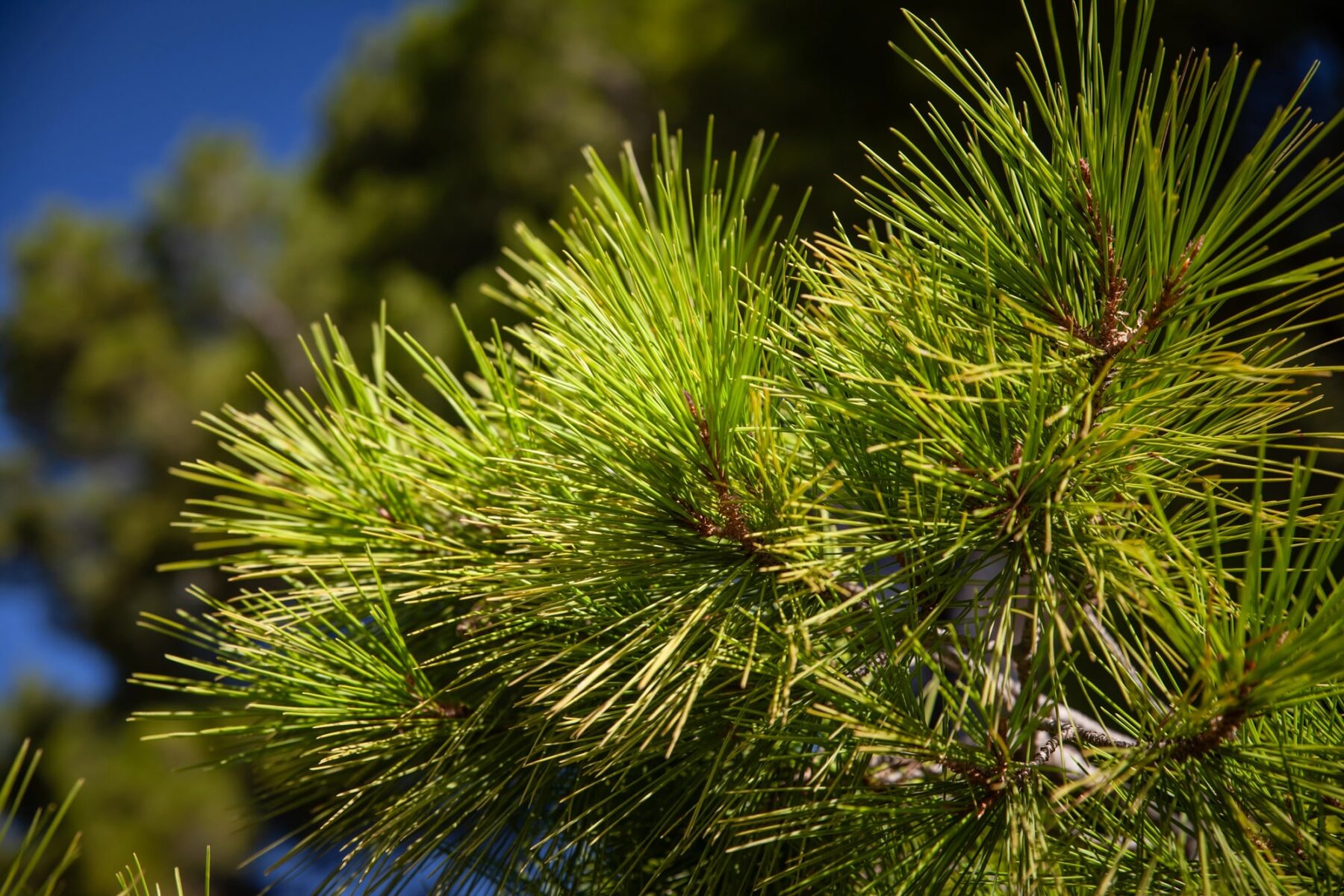He Mediterranean forest It is one of the Types of forests that there are and that is very characteristic of areas with Mediterranean temperate climatewith high temperatures, great differences between stations and abundant rains in spring and winter (very low the rest of the year, and then it is an arid climate).
This forest is very characteristic of the sea basin Mediterraneanalthough it is also found in other areas of the world, such as California or Chile. He Mediterranean forest is semicaducifolio (that is, it has perennial and deciduous leaf plants), presenting a large number of marcessient species, or species whose leaves die in winter but are subject to the trunk for a while.
A team from the Institute of Natural Resources and Agrobiology of Seville (IRNAS) and the Doñana Biological Station (EBD), Research centers of the Higher Council for Scientific Research (CSIC), have led a simulation of the climate scenario of the second half of the century to evaluate the Effects of drought and exotic pathogens on Mediterranean forests.
The results, which are published in the magazine Journal of Ecologydemonstrate a reduction in the production of leaves and fruits, which translates into a decrease in the regeneration of these forests.
The Mediterranean region is heating 20% faster than the global averageexerting additional pressure on the Ecosystems already stressed due to water scarcity.
Also, in this territory, The number of invasive species has increased exponentially in recent decades due to high international tradeenvironmental homogeneity and high density of potential guests. In this context this study was born, whose objective was to evaluate The negative effects of drought and exotic pathogens on Mediterranean forests.
Rain exclusion infrastructure
To do this, a field experiment was developed for which rain exclusion infrastructures were built in forests invaded by one of the most devastating invasive species on the planet: Phytophthora Cinnamomi.
Thanks to these infrastructure, the predicted scenario was simulated by the models of the Intergovernmental Panel of Climate Change (IPCC), who estimate that in the Mediterranean region it will rain 30% less during the second half of the century.
Among the results of the work, it highlights how the existence of drought and pathogens causes trees to invest their resources in their survival, maintaining their growth and levels of chemical defenses and reserves above the production of leaf and fruit.
A decrease in this production reduces the ability of trees to perform photosynthesis. When the leaf falls from the tree, the contribution of organic matter to soils is also reduced, which produces its impoverishment.
As a whole, These alterations result in a decrease in forest regeneration. “It is also remarkable the case of the cork oak, particularly sensitive to drought and the pathogen P. Cinnamomi, being, therefore, the negative effects of the agents of the global change greater in this species.
Our results seem to indicate that Mediterranean forests will suffer a transformation process, where drought tolerant species and pathogens will be the ecosystemconcludes the principal researcher of this study, Álvaro Gaytán, of the IRNAS-CSIC.

